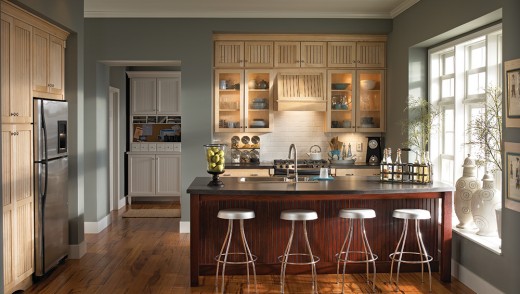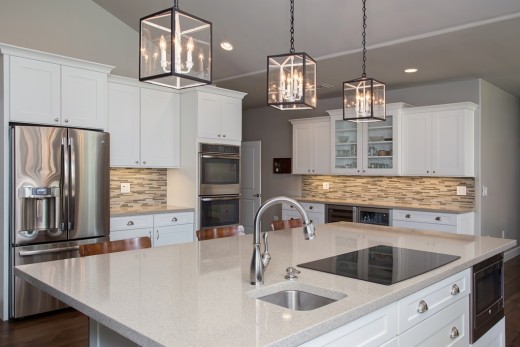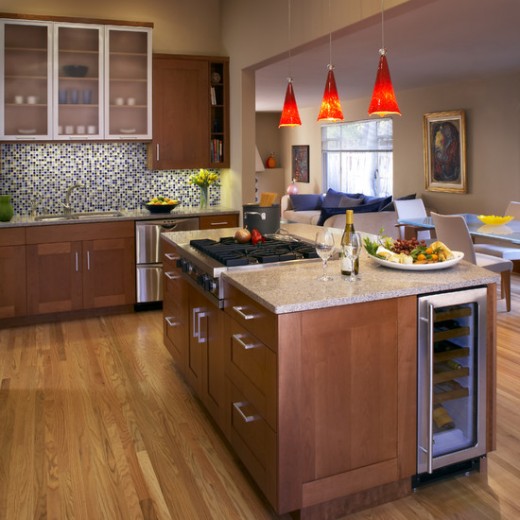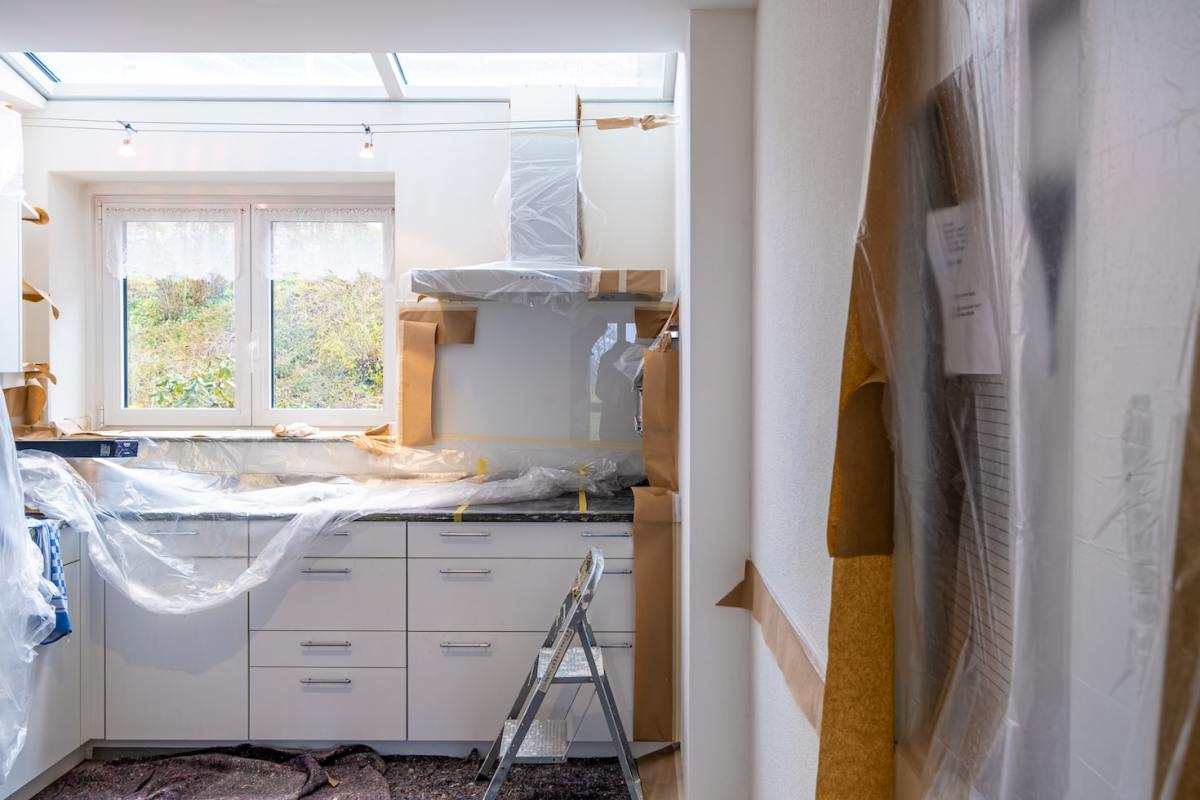What to Consider Before a Kitchen Remodel

After binge-watching shows like Fixer Upper on HGTV, many homeowners feel inspired to take on their own projects in their own homes. When approaching the kitchen, which is arguably one of the most important rooms in the home, it is important to research and consider all available information. Here are a few things to think on before deciding on a potential kitchen makeover.
Budget
After seeing an ambitious and potentially expensive remodel come to life, it may be difficult to keep your imagination within the realm of a practical budget. However, it is important not to over-improve the rooms in a home. Fifteen percent of a home's value is the suggested renovation budget for the kitchen. Going over can make the room feel out of place and devalue the home collectively.

In breaking down individual parts and their cost, 30% of the budget is suggested to go towards cabinets, 14% on appliances, 10% on counter tops, 5% on lighting, 4% on plumbing fixtures, 2% to 3% on paint, 1% to 2% on tiles and 35% on construction costs, such as windows, flooring and labor.
If the house is going on the market within the next decade, it may be best to skip a total renovation and opt for a cosmetic upgrade instead. This can be done through minor changes with maximum effect by repainting or refacing cabinets, installing a new faucet or changing the lighting fixtures.
Splurge vs Save
It's important to determine both what is wanted and needed in a remodel. This can influence the budget greatly, allowing for some flexibility in areas that may be more important on a personal level or in keeping items that are still in good condition and work with the upcoming theme.

With almost unlimited options on nearly every aspect of the project, there are many options to weigh. For projects requiring an expansion, cutting out an excess hallway or closet can save hundreds over building new space. With appliances that haven't quite aged and a family that isn't big on cooking, thousands can be saved on keeping them.
Other minor options should be carefully considered for their added value. Something like a pot filler - an additional, extendable faucet that folds against the wall - might seem like something worth investing in, but chances of using it often enough to make up for the cost are slim. However, like a second sink for a kitchen owned by an avid cook, it may be worth adding if it will see significant use.
Temporary Discomforts
It is important to remember that with major renovations come temporary minor discomforts and a fair amount of work and responsibilities. Even if you are not working hands on, there is still much to do. Contractors, designers and other hired professionals should be well-researched. Permits may have to be sought out when required and, at times, water and electricity will need to be turned off.
There will be people moving in and out of the home for long hours throughout the day. Especially in major remodels, there will be fair amounts of trash travelling out of the home as well. Depending on the extent of the changes, the minor discomforts can extend to neighbors as well, so be sure that you and others are ready to commit to those changes.

Hiring Help
While it is certainly possible to complete a renovation without outside help, it is highly recommended to allow 3% to 10% for a designer to consult with. A designer can help tie the kitchen design in with the rest of the home, ensure proper lighting and even offer suggestions on contractors, materials and other important decisions.
For working on things like major construction, including expanding the kitchen area, or working on plumbing, like adding an additional sink, calling in professionals will ensure the task is completed correctly the first time and may even come with an additional warranty. These benefits are often well worth the cast of the service.








